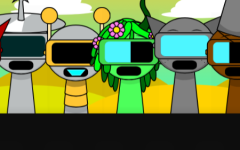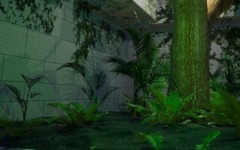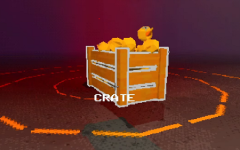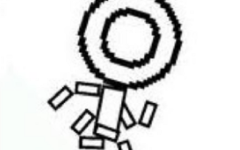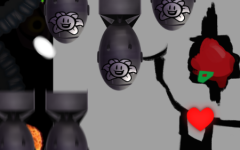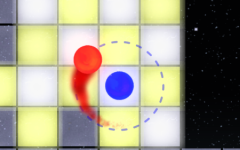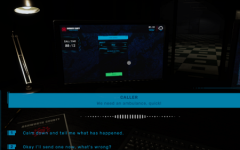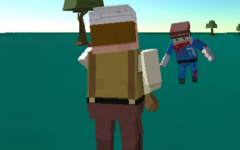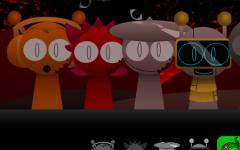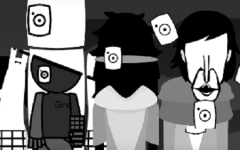Advertisement
Sprunki Wenda Treatment 2.0
Advertisement

Sprunki Wenda Treatment 2.0 introduces a reworked version of the original interactive sound layering game. This update emphasizes variation in both sound output and visual behavior. Players still use a simple interface to drag and drop animated figures, but in this version, character behavior is modified. Some loops are stable, while others shift after being placed for a few seconds. The visual field reacts dynamically to combinations, introducing a layer of unpredictability to how audio and imagery blend.
Changes In Loop Structure
One of the major differences in Sprunki Wenda Treatment 2.0 is the way sounds behave over time. Certain characters may loop cleanly at first, only to be overtaken by distortion later in the sequence. Other figures shift pitch, volume, or tempo when paired with specific combinations. The game no longer rewards balance — instead, it encourages discovery through testing patterns that do not repeat in obvious ways. Visuals flicker or stutter in response to particular sound overlaps, giving players visual cues tied to audio behavior.
Notable Additions And Features
The 2.0 update introduces several mechanics that reshape the gameplay experience. Rather than focusing on building clean tracks, the emphasis now lies on watching how the system responds to subtle input changes.
New features include:
- Character sets with varied loop durations and layered animation
- Reactive backgrounds that shift color and texture with sound density
- Interference loops that disrupt or cancel nearby sounds
- Audio fading tied to character position on the screen
- Browser-based accessibility with no progress saving
These updates create a space where the player’s role is more experimental than directive, with each session producing new outcomes.
Visual Rhythm And Experimental Play
While the game is not built around linear goals, it creates space for sustained interaction. Players are encouraged to explore visual rhythm and mismatched timing. Some background changes are subtle, while others drastically shift the screen depending on how many characters are active. There is no central objective, only interaction. Players can layer, remove, and replace characters to observe how the game reconfigures its own rules in real time.
Sprunki Wenda Treatment 2.0 exists as a midpoint between structured sound design and playful disorder. It opens space for repeated experimentation, making each play session a new test of timing, layering, and unexpected feedback. By rejecting fixed rules and clear outcomes, it transforms a familiar loop system into something fluid, unstable, and open to interpretation.
























































































































